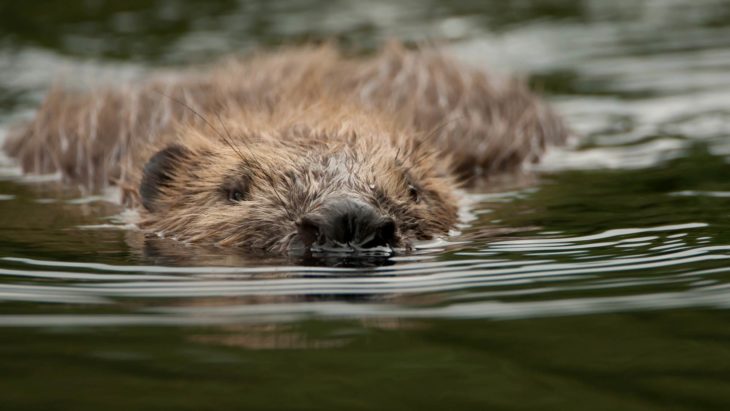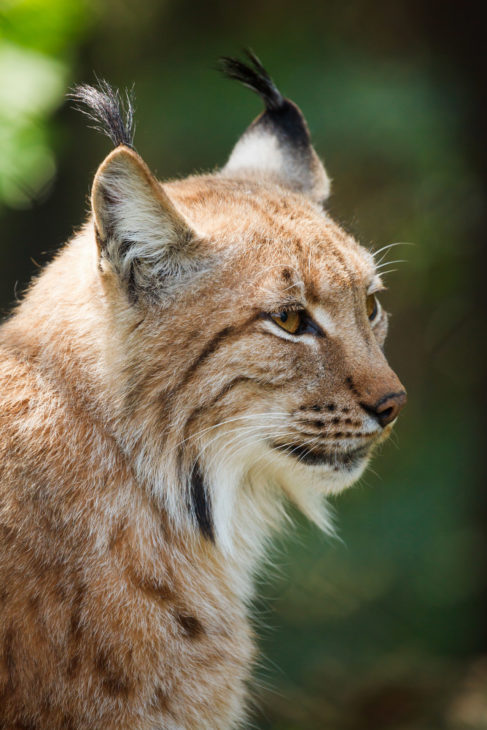The case for reintroducing species to Scotland…
Our natural environment is constantly changing and with this change comes a ‘natural’ rate of extinction. Extinction happens when the very last individual of a species on Earth dies. Once this happens, the species is lost forever. However, when a species is lost from a certain geographic area but continues to survive elsewhere, an opportunity exists to bring that species back.
The International Union for Conservation of Nature (IUCN) states that species extinction rates today are between 1,000 and 10,000 times more rapid than natural rates. The cause of this increase is human activity, both past and present. The threats to our species are many and varied and include changes in land use, pollution, persecution and climate change (find out more here).
When a species becomes extinct it can upset the balance of natural systems that work and interact as part of an interconnected web. We believe that there is both a moral and ecological case for reintroducing some species that have become extinct in Scotland due to human actions.
Reintroducing key species such as beavers and lynx, could help restore the balance in Scotland’s natural ecosystems, making them richer in wildlife and more resilient for the future.
Conservation translocation
Conservation translocation refers to the deliberate movement and release of an animal or plant to achieve one or more conservation goals. There are three types of conservation translocation:
- Reinforcement – adding numbers to an existing species population
- Reintroduction – restoring a species to parts of its natural range that it has been lost from
- Conservation introduction – establishing new populations of a species beyond its natural range
All proposals for reintroducing species must be assessed against the IUCN’s Guidelines for Reintroductions and Conservation Translocations, as well as the Scottish Code for Conservation Translocations. The necessary permissions must then be secured from the landowners and statutory licensing authority. These guidelines are helpful as they take an evidence-led approach to building and assessing the case for reintroductions, and cover the ecological, social and economic benefits and impacts of doing so.
Beavers
The Scottish Wildlife Trust was one of the lead partners in the Scottish Beaver Trial, along with the Royal Zoological Society of Scotland (RZSS) and Forestry and Land Scotland. This successful five-year trial led to a decision by the Scottish Government in 2016 to allow beavers to remain in Scotland and be recognised as a native species once more. This milestone moment marked the first successful reintroduction of a mammal to the UK. Further to this, on 1 May 2019 beavers were granted European Protected Species status.
Lynx
As a top predator, the Trust believes there is a case to be developed that would support the reintroduction of lynx. This is reflected in our 50 for the Future publication, which sets out 50 things that we believe should happen in Scotland over the next 50 years to benefit both people and wildlife: Number 2: Return lynx to Scotland’s landscapes for the first time in over a thousand years.
We aim to work with other stakeholders to develop the case for a lynx reintroduction further over the next five years. We recognise that political and stakeholder support is an essential part of the process and so we need to take time to build consensus and to consider and respond pragmatically to issues raised by different interest groups. In the meantime, it is important that we continue to protect, restore and enhance our natural ecosystems so that they are better able to support reintroductions in the future.
National Species Re-introduction Forum
The Trust is a member of Scotland’s National Species Re-introduction Forum and has considerable practical experience in species conservation projects. The role of the Forum is to contribute to broad-scale, strategic issues relating to species reintroductions in Scotland. It does this through collating and providing a collective view on evidence and promoting best practice. The Forum membership is wide ranging and includes representatives from conservation organisations, government departments, landowners and estates, and the farming, forestry, fishing, and game-keeping sectors.
Conservation translocations, including reintroductions, can help conserve individual animals and plants and make up for declines caused by hunting, habitat loss, climate change, and other land-use and development impacts on the environment. We support the need for best practice in conservation translocations as set out in the Scottish Code for Conservation Translocations.


